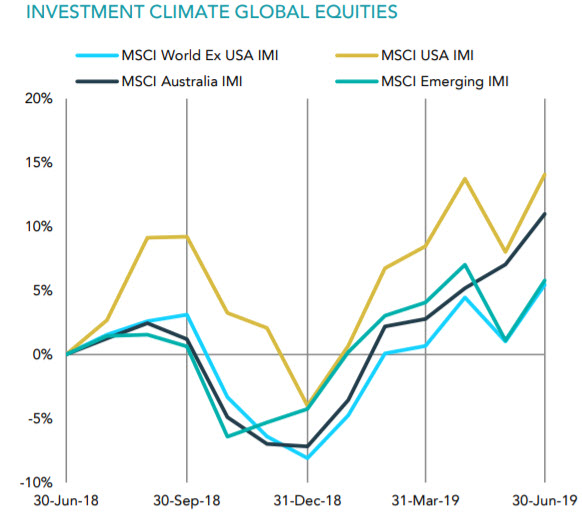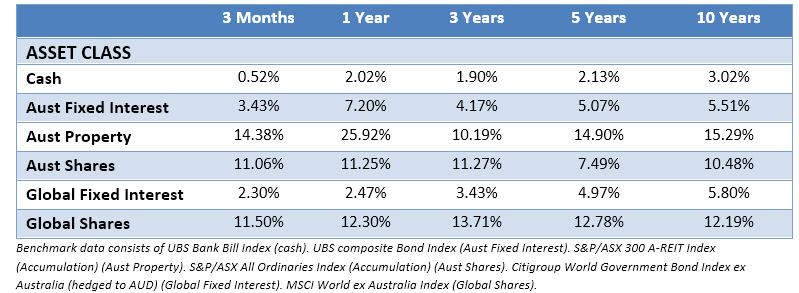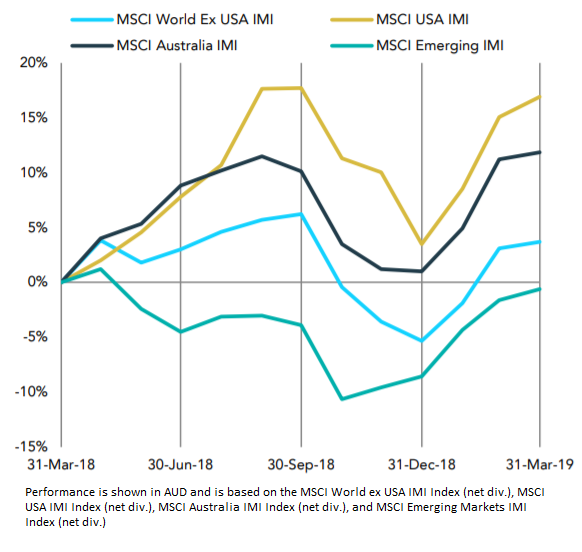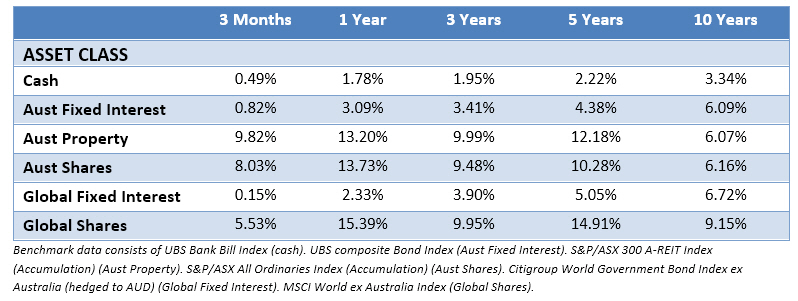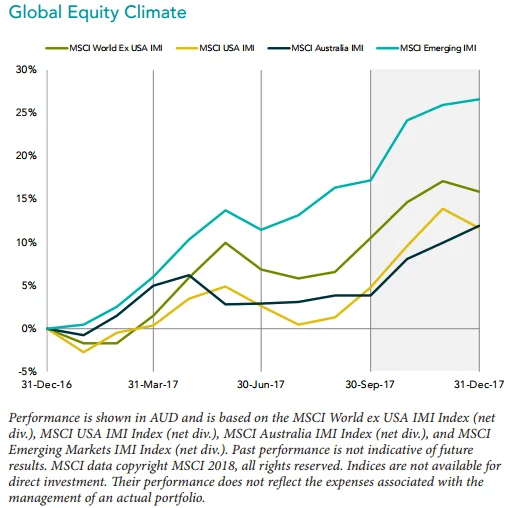Lately the stock market has been the topic of conversation amongst many people. I have one friend who kindly always makes sure he tells me when someone gives him the tip that the stock market is about to crash. I always ask him “Could he please tell us what day, week or even month it is going to happen. I need to know when in order for it to be useful information”. I also explain that I will also need to know when it has reached the bottom, because I will need to know when to buy back in to reap the rewards from this information. So far, whoever is giving him the tips has been unable to provide the timing information that we need.
Buying investments or switching between different asset classes at the right time is very difficult. History has shown that doing it reliably and repeatedly is next to impossible.
There is a misconception that some people are “in the know” and can therefore buy low and sell high at just the right moment. What most people fail to appreciate is that each day an average of $450 billion of equity trading occurs around the world. The vast majority of this training is undertaken by stockbrokers, fund managers and analysts that are very much “in the know”. All these “in the know” people are competing against each other to make profits, whilst charging their clients for the work they are doing. Each time one outperforms the market, one under-performs the market by the same margin. That’s a mathematical fact. The net result is that half of the people “in the know” do better than the market and half of them do worse than the market in any given week, month or year. Ahaa!! I’ve got it! If we could work out which of the “in the know” people were going to beat the market this year we could make some great returns... If we knew that we would really be “in the know” wouldn’t we!
Unfortunately, research shows that the chance of any one particular money manager beating the market 5 years in a row is about the same as the chance of flipping 5 heads in a row with a coin (about 3%). And that’s before you factor in the fees that the money manager (quite justifiably) charges for doing his or her work. Factor in fees of just 1% and the money manager’s chances are well under 1%.
So I believe the best strategy is to deal with a manager with a good track record of regular, consistent flipping, but someone that charges you the least for each flip of the coin and you’ll do better.
There’s an issue of course. And the issue is that all money managers are doing it for a living and are trying to charge what they can. I do not begrudge anyone charging for their time and effort. So when our 1% miracle manager flips 5 heads in a row he (or she) tends to make hay while the sun shines, knowing that they may very well flip 5 tails over the next 5 years! So they charge a premium for their ‘proven’ coin flipping skills whist they can get it which reduces the returns for the investor even further. You can bet pretty safely that if you seek out the “best performing funds of the last 5 years” you will be paying a premium with no greater chance of success than if you just stick with the manager you used last year providing his or her fees are reasonable.
History has shown that the best way to get great returns is to invest across a considered range of assets taking into account your objectives, take a long-term view and focus on keeping costs low.
This means avoiding trading costs, avoiding realised capital gains and finding investments with efficient fees. It means having an overall strategy that reduces tax, harnesses the long term returns from the companies and properties of the world and manages risks.
Needless to say, that’s what we do here! If you’d like to deal with someone that generates income from great strategy and financial education rather than from selling any particular products or investments then we’d love to hear from you.


